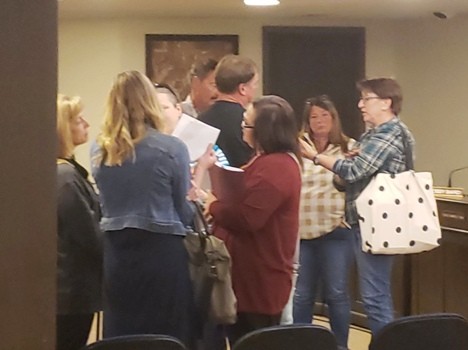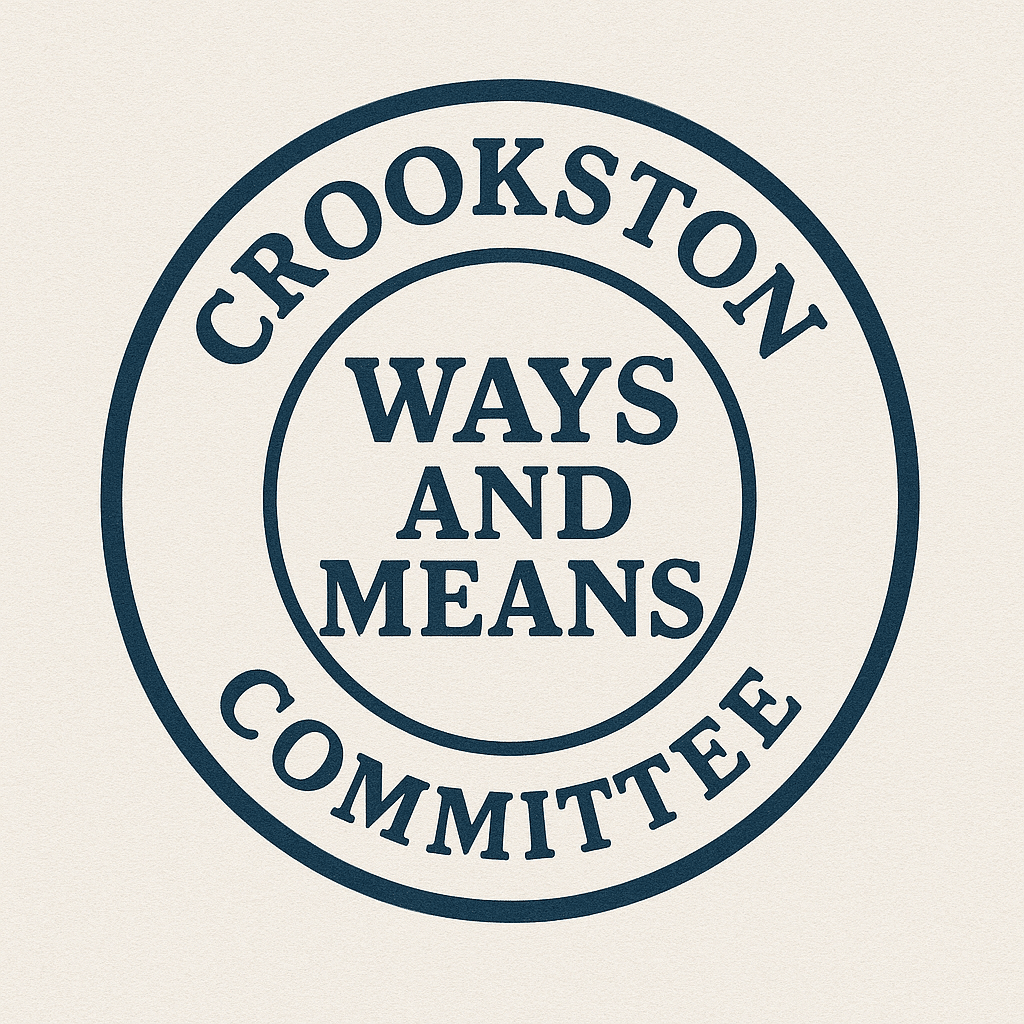A child care meeting was held Tuesday night in the Council Chambers at City Hall. The meeting was a follow-up to the meeting held May 7.
Mayor Guy Martin intended to open the meeting with some items he’d prepared but passed on those giving the news from the Tuesday morning CHEDA meeting. “Thank you for coming to the child care meeting tonight,” said Martin. “I had some things prepared to speak about but I guess some events changed today. The CHEDA board met and they graciously decided to fund day care.”
Martin also said he doesn’t believe there is current community support. “One of the things that I felt was important in the minutes from the last meeting was broad community support for endorsement and funding,” said Martin. “I don’t think we have that now. That’s why I set out to have these meetings, to get the constituent’s voices heard.”
Kim Feiro then shared some myths and legal requirements for child care, as well as her own personal experience providing child care for more than 30 years calling it a labor of love. Sue Murphy from the Sunrise Center told the group about her center which was formed in 1994 including benefits of being closely associated with Cathedral School such as gym space and siblings in one location. And also the disadvantages such as being landlocked, and needing permission for some activities. And Tu Lynn Sommerfeld from the UMC Early Childhood Development Center told the group about their facility including being subsidized by the university as a teaching and training laboratory.
Crookston Housing and Economic Development Authority (CHEDA) Executive Director Craig Hoiseth, told the group that CHEDA has been working on child care for four or five years with an acute interest the last six to eight months prior to the board taking action. He also said repeatedly that he saw the potential child care a Marywood as one piece of the puzzle. He also made clear that the funds appropriated by the CHEDA board Tuesday morning were for buildout and not operations, which other businesses have verbally committed to supporting.
Frank Lindgren, who said his wife has run a home child care for 47 years, questioned whether a non-profit could operate a child care center without an ongoing subsidy. “We know that there isn’t that much money involved in child care,” said Lindgren. “When you start adding people onto the overhead to run the center it’s going to be even worse. I question how a center can make it financially. Somehow the rates have to be raised to make it fly and it’s hard to raise the rates because people can’t afford higher rates and have it pay for them to go to work. I know there is a definite problem, my wife gets calls all the time for child care, we need it. I just have a hard time seeing how a center like this unless it’s heavily subsidized, I question how it can fly.”
Hoiseth said he has found that the child care issue is less acute in the Twin Cities because they have higher rates, supported by higher wages. But from a business perspective, he also believes in supply and demand. “I think we all recognize with the income around the northwest Minnesota region child care rates are a little bit depressed and it’s tough to cashflow this business,” said Hoiseth. “If we lose some four-year-olds to another entity, of course, that adversely impacts it. And we all know that trying to have a child care center with quite a few infants worsens that problem. Hopefully, the non-profit status brings in some other funding streams to help make the business viable.”
Robin Brekken said he feels this is a piece of the puzzle and asked Hoiseth if any resources had been established for home day care providers. “It’s just a piece of the puzzle and I got a sense that maybe the home day care or other providers were feeling left out of the loop,” said Brekken. I would hope that the home day care providers could get together and see what they could do. What’s important to them? Is it space, is it staff, is it wages because the community is going to have to subsidize all portions of this. There is only one non-profit involved in the group at this point so where is the pot of money going to come from for other entities to provide for their care or maintain the care they are providing now.”
Hoiseth expressed his opinion that the action by the CHEDA board was a solution, not the solution, “I wanted to emphasize tonight that what the CHEDA board did was a solution, not the solution,” said Hoiseth. “We moved the needle one mark, but there are still marks to go. We want to make sure the child care center is successful but also the home child cares and trying to cultivate that ground for additional home day care. A lot of the market looks for a home day care environment rather than a child care one. We want to have a good blend and help all of those entities be successful.”
Brekken said his understanding was there had been no pot of money or funding source for home day care at this point, but that Hoiseth wasn’t opposed to researching that. “The home day care providers are certainly again a piece of the puzzle,” said Brekken. “There’s been really no pot of money or funding source that can help them at this point. It doesn’t sound like he’s certainly opposed to researching that. And again where does that money come from? But in some way, shape, or form it’s going to be on the back of the community to support day care as a whole with a bunch of pieces to the puzzle that has to get solved.”






